Deep Cleaning A/C Unit
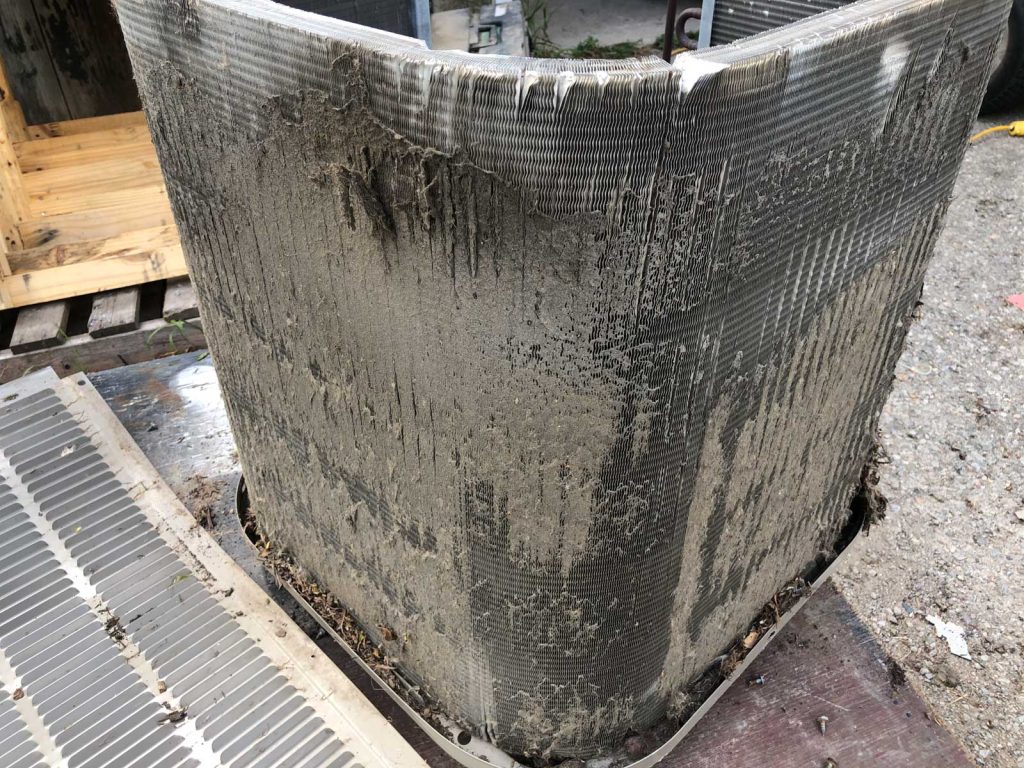
Deep Cleaning Service With Spring A/C Maintenance How long has it been since an HVAC professional last serviced your A/C unit? If your answer is years, you’ve likely got years of dirt caked onto your cooling fins. Unionville Heating provides an exclusive service for deep-cleansing of your outdoor A/C unit. Cleaning will prolong the life […]
Garage Heater Installation
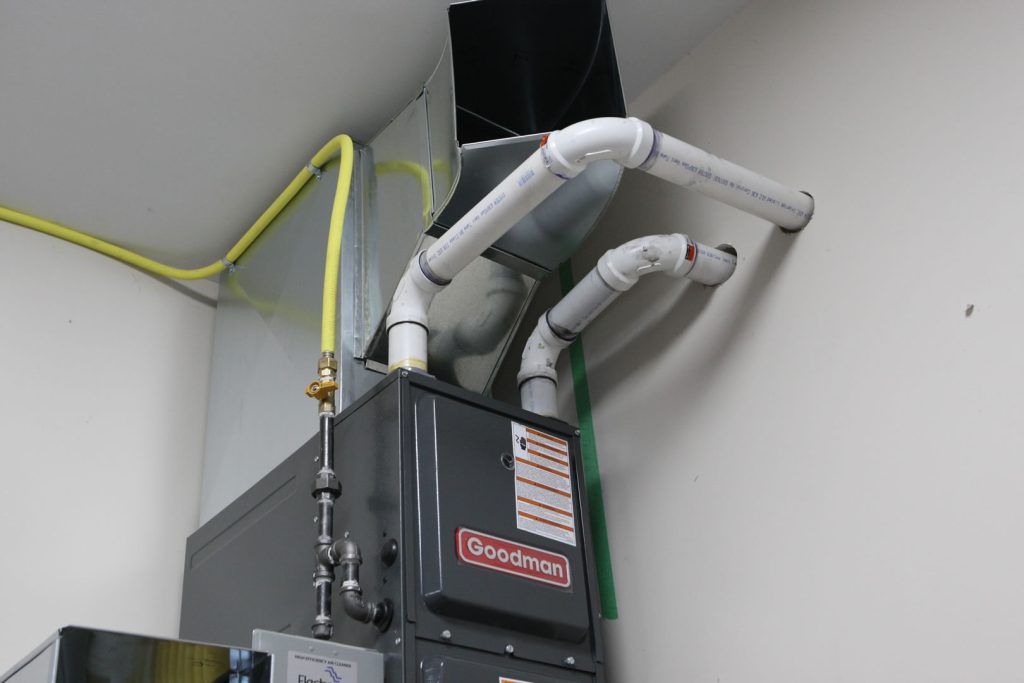
How do you install a furnace in a Garage? Heating from a garage furnace is an excellent solution for expanding your living or working area during the cold months of the year. Turn your garage into a heated workshop, family play area or game day hangout. A licensed HVAC contractor performs this How-To guide. The […]
Bulletin – Indoor Air Quality for Residential Buildings
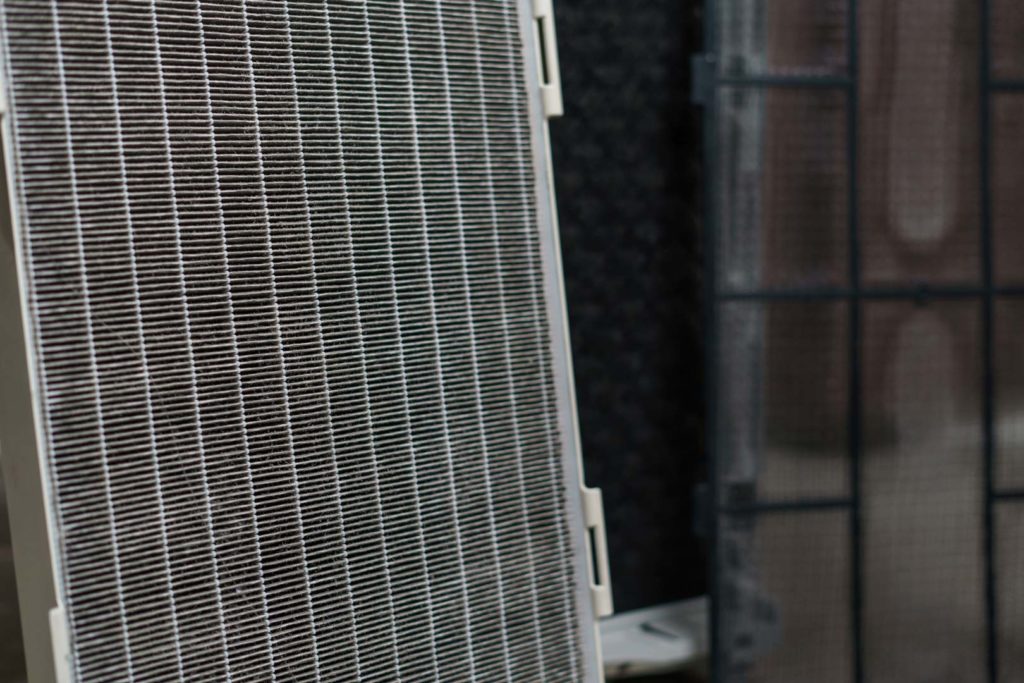
Unionville Heating and Air Conditioning is continuously monitoring and gathering information to provide their customers with the best recommendations and implementation for residential HVAC systems. Our goal for learning about advancements in technology is to apply these learnings to help keep us all safe. We care! This bulletin is issued by ASHRAE to address the […]
Government of Canada COVID-19: Guidance on indoor ventilation during the pandemic
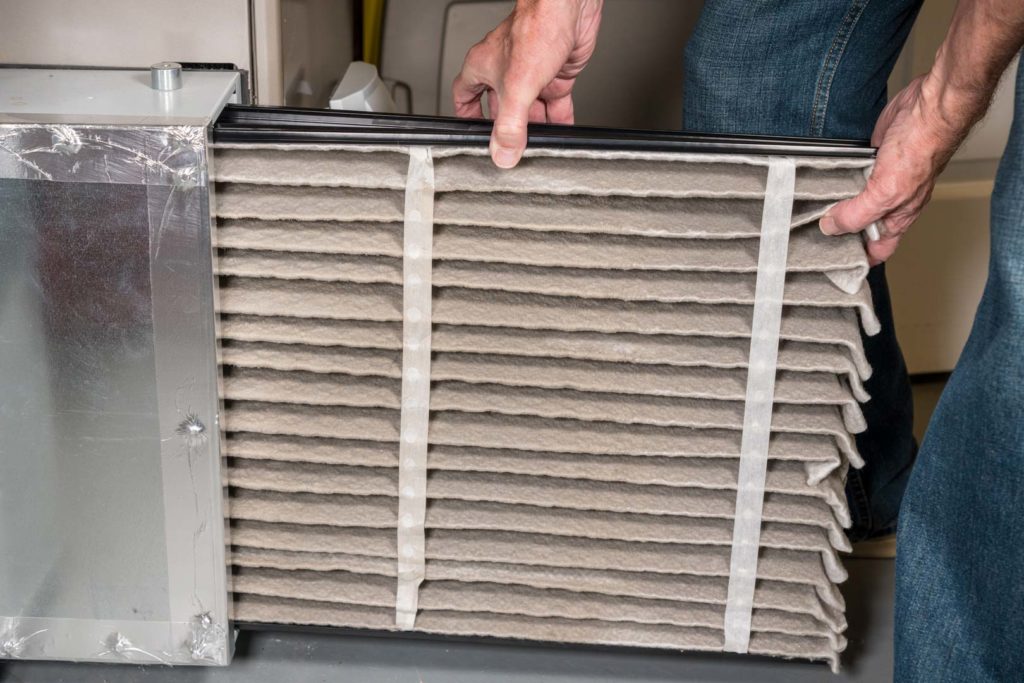
The Public Health Agency of Canada (PHAC) has developed a guide to inform Canadians about how indoor ventilation, combined with other recommended public health measures, can reduce the spread of COVID-19. The guide also provides practical tips on improving indoor air, ventilation and filtration to help reduce the spread of COVID-19. The complete content of […]
Paperless Business is Green and Efficient

John St. Germain was interviewed after Unionville Heating and Air Conditioning won the Reader’s Choice Awards. Read the article on Markham Review https://markhamreview.com/no-more-papertrail-for-unionville-heating-business/ From tap debit cards to Apple Pay and e-transfers to direct withdrawals, cash is playing less and less of a role in commerce today. One Markham business is looking to do the […]
Furnace Backup Power During Electricity Outage
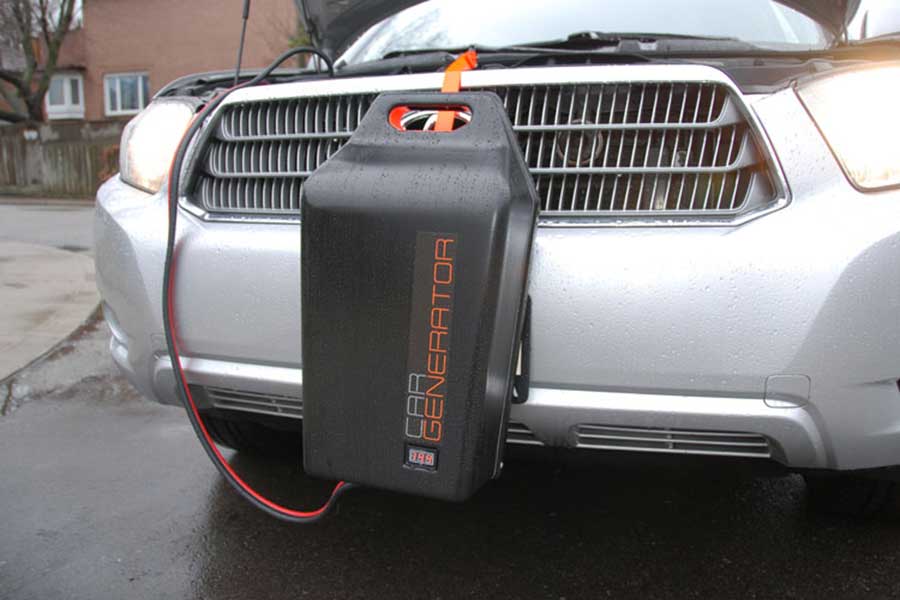
Get backup power to your furnace during a power outage. All you need is CarGenerator™ and an extension cord. When the power goes out due to high winds, heavy rain or ice, just plug in CarGenerator. You already own 75% of a backup generator, sitting right there in your driveway! Add CarGenerator to your vehicle, […]
Message from Unionville Heating and Air Conditioning President: COVID-19

At Unionville Heating and Air Conditioning, the safety and well-being of both our Customers and our Service Technicians is always our top priority. Rest assured that we are actively monitoring the COVID-19 situation and are taking precautionary measures to aid in keeping our communities safe. As an essential service to our customers, we are committed […]
Spring Air Conditioning Service
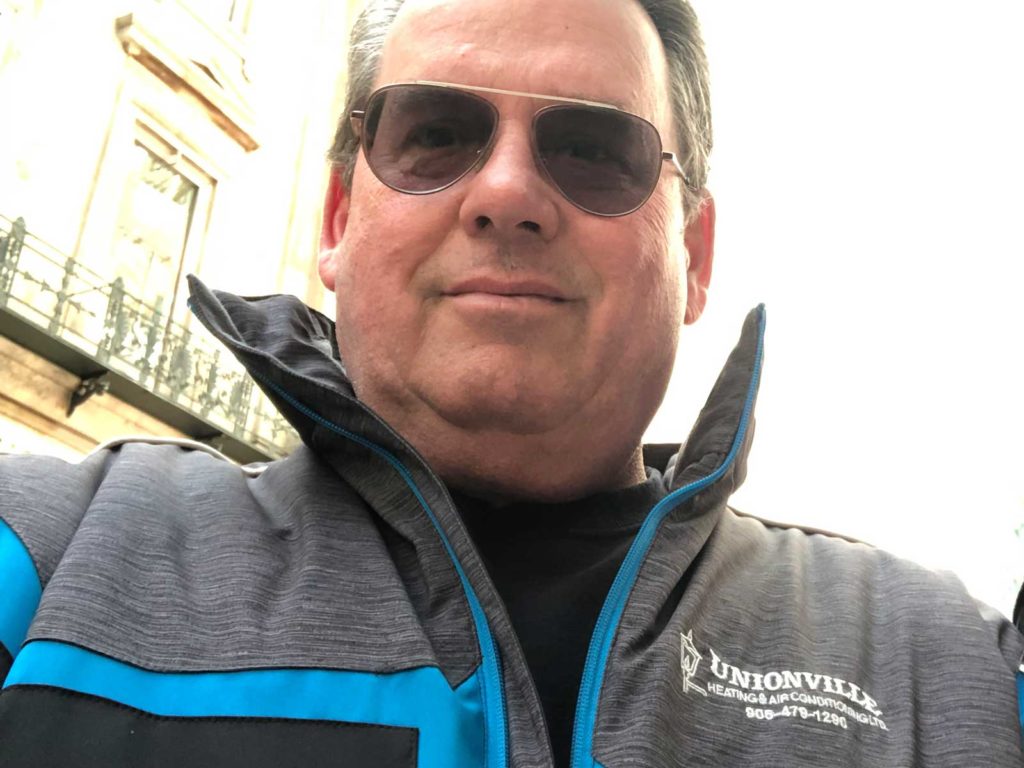
Important Information To Customers We remind you to obtain a spring air conditioning service. Perform an AC service now. It is most important for units that are builder installed and over 3 years old without ever being serviced. You could be in for a long wait when the first heat wave arrives in Ontario and […]
Indoor Air Quality and Safety during COVID-19
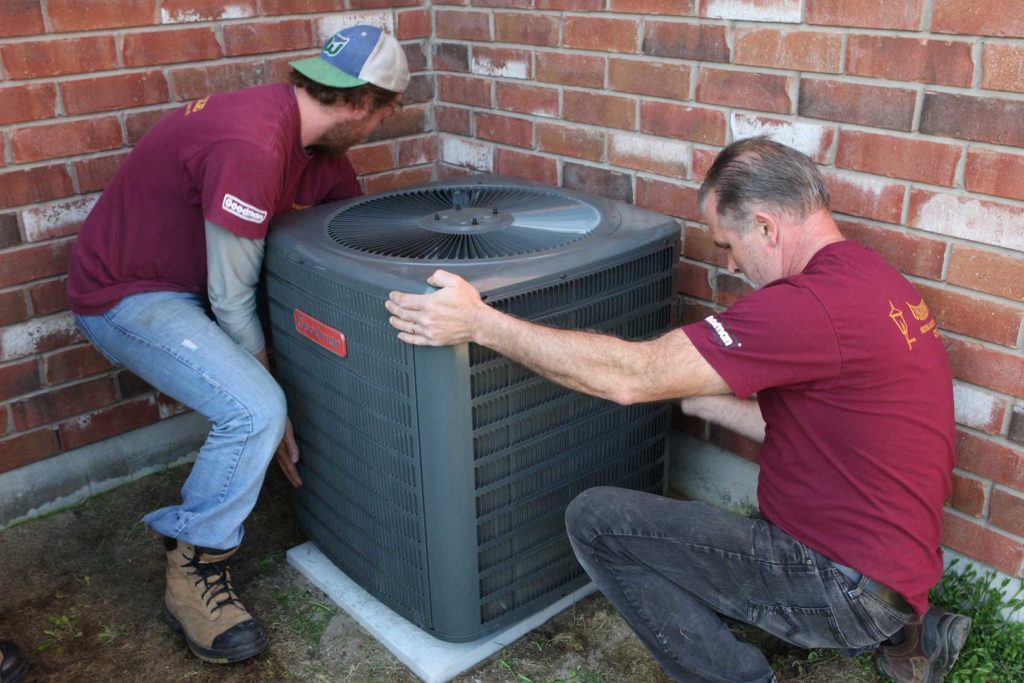
Spending More Time Indoors Due to Self-Isolation With regard to COVID-19 and the effects on people in our community, President of Unionville Heating John St.Germain says, “We care about our staff, and we care about our customers. Unionville Heating and Air Conditioning is open for business and here to help. We are spending more time […]
HVAC – Essential Business During COVID-19
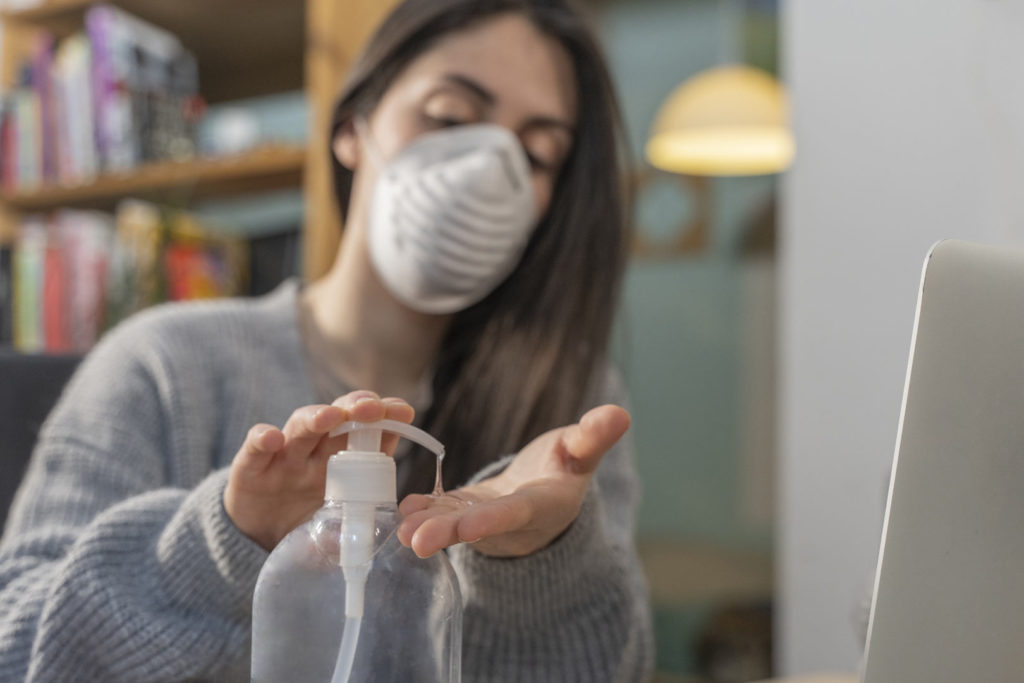
The province has enacted a declaration of emergency to help contain the spread of COVID-19 and protect the public. Ontario business-owners are encouraged to continue their operations through work-from-home policies and innovative business models. Due to the evolving COVID-19 situation, the Ontario government will be ordering at-risk workplaces to close-down, while encouraging businesses to explore […]
Cost to remove an old furnace
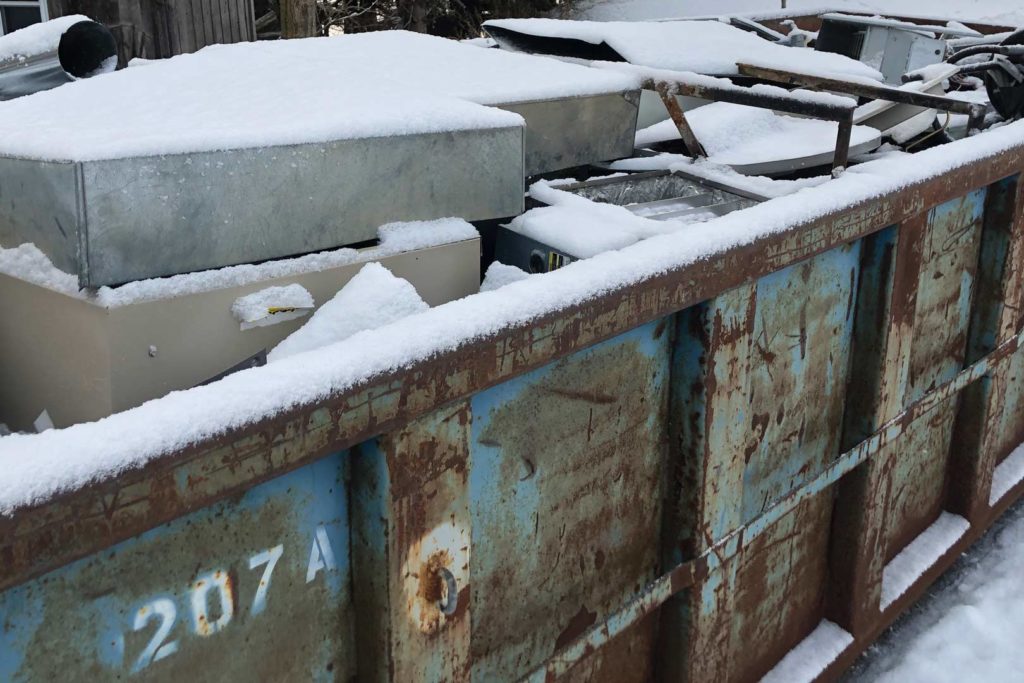
How much does it cost to remove an old furnace? With Unionville Heating and Air Conditioning there is no additional charge to remove and dispose of your old HVAC parts. We care about the environment and would not leave you with the burden of having to remove your old furnace. Old furnace and A/C removal […]
Best Business Award 2018
Congratulations Unionville Heating won #1 Heating And Air Conditioning in Markham in our annual Markham Economist & Sun Readers’ Choice Awards 2018. Every year, readers of the Economist & Sun cast their votes for their favourite businesses. From restaurants to travel agencies, pet grooming to private schools, grocery stores to landscaping companies, and everything in […]
Daylight Saving Time: Change Your Thermostat Clock

This Sunday, March 11th, is the start of Daylight Saving Time. We’ll miss an hour of sleep, but we will also gain an extra hour of daylight in York and Durham. As you adjust all the clocks in your home, don’t forget to change the clock on your thermostat if it has one. While the […]

